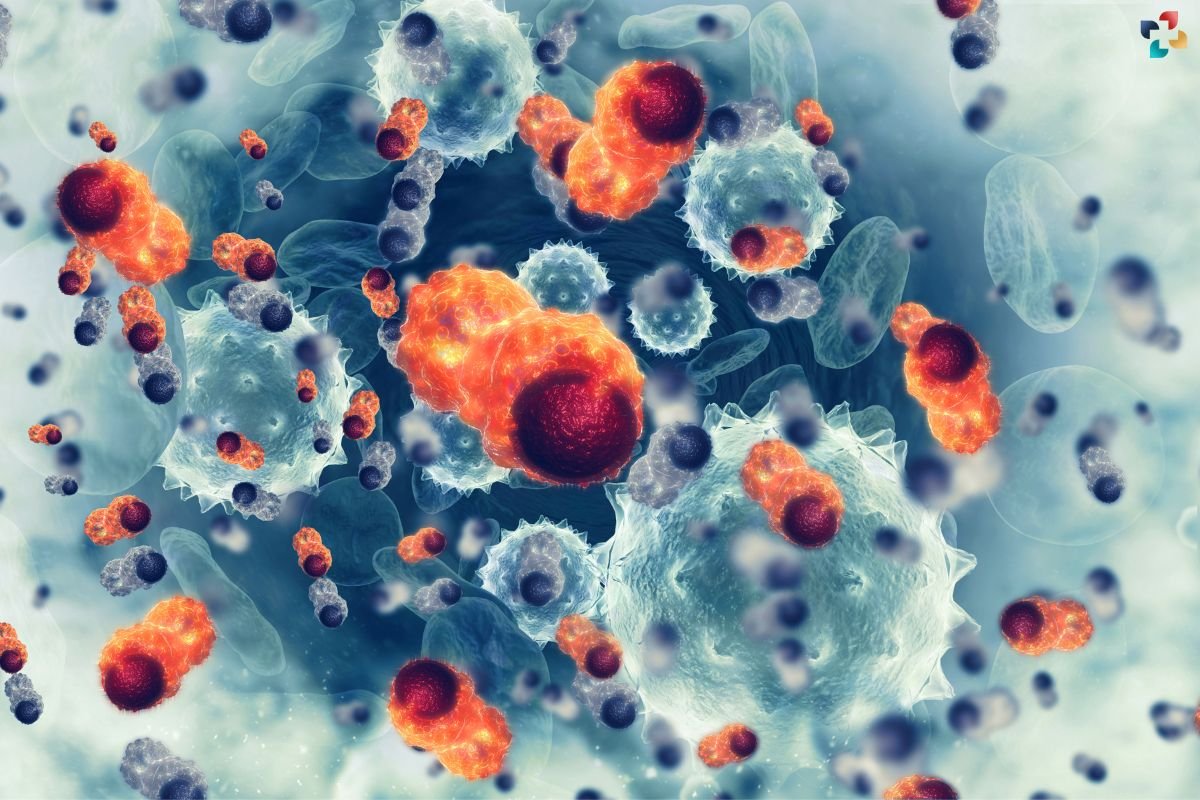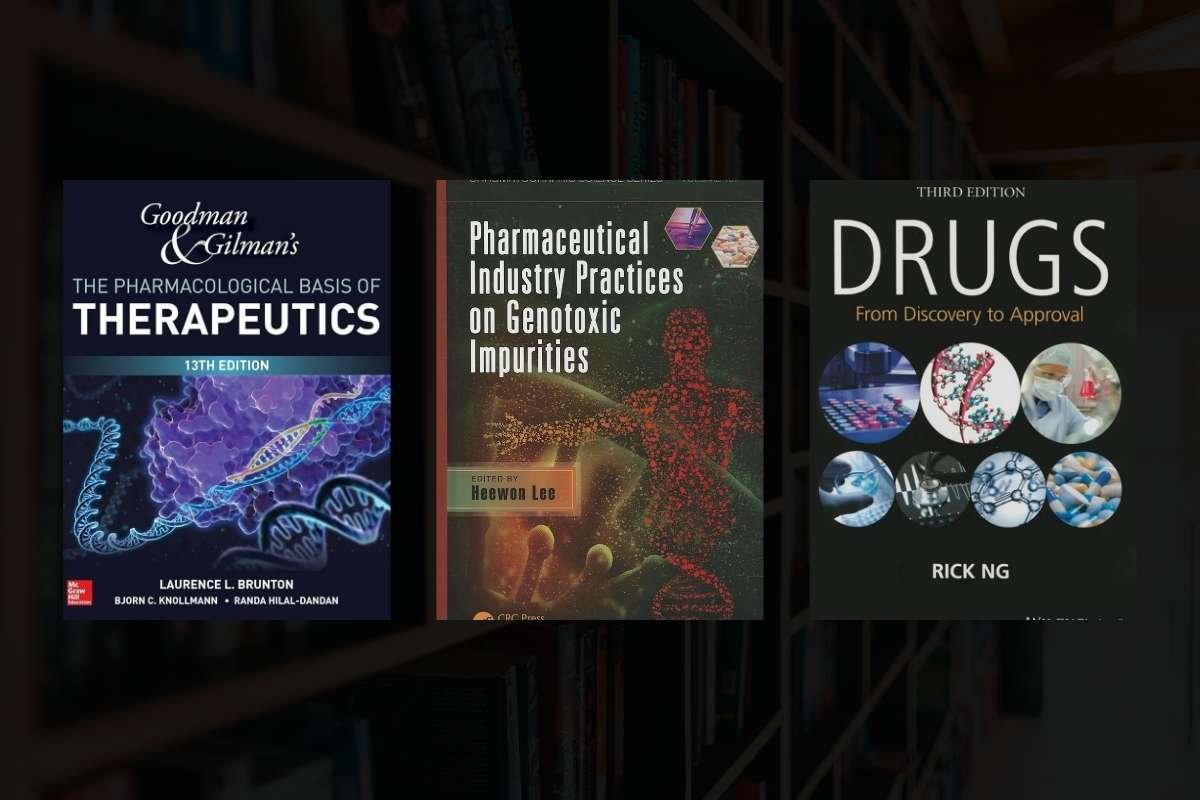Recent research has demonstrated that a single infusion of engineered T-cells can achieve lasting asthma remission in mice, potentially expanding the indications for cell therapies beyond cancer. Traditionally, cell therapies have shown durable remission in some cancers, but researchers are now exploring their potential for treating non-cancerous diseases. Notably, CAR T-cell therapy has been successful in curing patients with B-cell malignancies, prompting interest in whether similar approaches could work for other conditions.
Asthma, a common chronic disease, often involves a type-2 high signature characterized by eosinophilia, immunoglobulin E (IgE) production, bronchial hyperresponsiveness, and mucus hypersecretion. While biologic agents targeting interleukins such as IL-4, IL-5, and IL-13 have been approved for asthma treatment, they require lifelong administration and are neither cost-effective nor curative. This study aimed to develop a treatment that could provide durable remission with a single dose.
Study Findings and Innovations
Researchers initially developed a chimeric antigen receptor (CAR) with mouse IL-5 as the antigen-binding moiety, creating T-cells known as 5T cells. These cells effectively depleted IL-5 receptor-α (IL-5Rα+) cells and eosinophils in vitro. However, when administered to mice, the 5T cells did not persist in the bloodstream or deplete eosinophils in vivo. To overcome this, scientists generated immortal-like and functional 5T (5TIF) cells by knocking out BCL6 corepressor (BCOR) and zinc finger CCCH-type containing 12A (ZC3H12A), which led to robust expansion and persistence of these cells for at least one year.
Further enhancement involved engineering the 5TIF cells to express IL-4 mutein, an antagonist for IL-4 and IL-13, resulting in 5TIF 4 cells. These engineered cells were tested in mice, which were subsequently immunized to elicit a type-2 response. The 5TIF 4 cells reduced IL-5 and IL-13 levels and exhibited a central memory-like phenotype. Throughout the year-long monitoring period, mice treated with 5TIF 4 cells showed no significant weight loss or adverse effects. Additionally, eosinophils were either depleted or absent in the bone marrow and spleens of treated mice, with no aberrant activation of endogenous T-cells.
In models of both acute and chronic asthma, 5TIF 4 cells demonstrated significant efficacy. They were detected in the lungs of asthmatic mice, where they suppressed inflammation and reduced eosinophil presence. Moreover, 5TIF 4 cells were particularly effective in curbing IgE and IL-13 production and improving airway hypersensitivity in chronic asthma models.
Future Prospects and Human Applications
The study also explored the application of human 5TIF 4 (h5TIF 4) cells, using mouse IL-5 as the antigen-binding moiety for human IL-5Rα. In immunodeficient mice, h5TIF 4 cells expanded, eliminated eosinophils, secreted IL-4 mutein, and persisted over time. Single-cell RNA sequencing identified nine clusters of these cells based on differential gene expression, with six clusters co-expressing genes related to stemness, exhaustion, and function. Importantly, h5TIF 4 cells expressed interferon-gamma without inducing other inflammatory cytokines.
This research provides compelling proof-of-concept and preclinical data for using engineered multifunctional T-cells to achieve long-term asthma remission. The findings suggest that 5TIF 4 cells could offer robust and durable effects against IL-4, IL-5, and IL-13, presenting a promising new avenue for asthma treatment that may reduce the need for chronic medication and improve patients’ quality of life. Further studies and clinical trials will be necessary to confirm these results in humans and potentially revolutionize the management of asthma.








